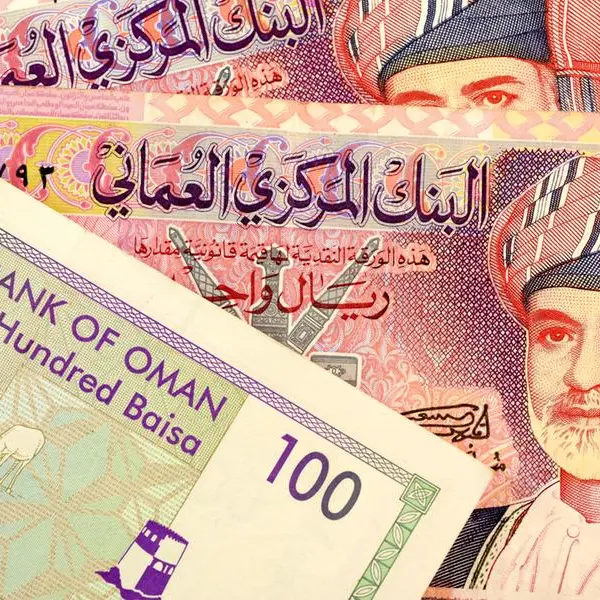17 May 2015
Inflation in Qatar continued to slow in the first four months of 2015.
According to the Ministry of Development Planning and Statistics (MDPS), consumer price index (CPI) inflation fell to 0.9 percent year-on-year in April 2015.
The key driver of this slowdown in inflation is lower foreign inflation, particularly food prices. Going forward, we forecast overall inflation to average 2.5 percent this year as the growing population is expected to push up domestic inflation, which will offset slower foreign inflation.
Foreign inflation continues to slow as international food inflation have fallen on record global food harvests, large US stockpiles and weak demand. According to the IMF, this trend is expected to persist for the rest of this year. Given that Qatar has limited domestic food production, these lower international food prices are therefore likely to continue slowing Qatar's food inflation. Prices in the other components of foreign inflation (clothing and footwear, furnishings and household equipment) also growing moderately in April 2015. As a result, we forecast foreign inflation to average only 0.7 percent this year, rising moderately to 1.8 percent in 2016 and 1.5 percent in 2017 as international food prices begin to stabilise.
Counterbalancing this low foreign inflation, domestic inflation remains higher owing to rising transportation costs (6.0 percent year-on-year) and rents (3.0 percent year-on-year). The combination of rapid population growth (8.7 percent year-on-year in April 2015) and higher GDP per capita is leading to a strong increase in domestic demand. This is pushing up vehicle and maintenance prices as well as rents. Accordingly, we project domestic inflation to rise to 3.7 percent in 2015 as a result of strong domestic demand and rise further to 3.8 percent in 2016 and 4.0 percent in 2017.
The MDPS has recently introduced the representative basket of consumer goods and the weights upon which the CPI calculations are based. The CPI index has been rebased on 2013 prices (previously it was based on 2007 prices). Interestingly, the weight for "housing, water, electricity and gas", has been reduced to 21.9 percent compared with 32.1 percent previously. The reduction is partly explained by the change in methodology for the computation of rental inflation, following the exclusion of imputed rental of owner-occupied dwellings. According to the MDPS, the revision are done to better reflect the changing pattern of consumption in Qatar.
In summary, Qatar's inflation continued to slow in the first four months of 2015 but is expected to rebound in the months ahead. Looking ahead, we forecast overall inflation to rise from 2.5 percent in 2015 to 3.2 percent in 2016 and 3.5 percent in 2017 on rising rent inflation as well as a recovery in international food prices. The recent moderation in inflation is conducive for higher growth in Qatar. Indeed, we forecast real GDP growth to accelerate to 7.0 percent in 2015, 7.5 percent in 2016 and 7.9 percent in 2017.
Inflation in Qatar continued to slow in the first four months of 2015.
According to the Ministry of Development Planning and Statistics (MDPS), consumer price index (CPI) inflation fell to 0.9 percent year-on-year in April 2015.
The key driver of this slowdown in inflation is lower foreign inflation, particularly food prices. Going forward, we forecast overall inflation to average 2.5 percent this year as the growing population is expected to push up domestic inflation, which will offset slower foreign inflation.
Foreign inflation continues to slow as international food inflation have fallen on record global food harvests, large US stockpiles and weak demand. According to the IMF, this trend is expected to persist for the rest of this year. Given that Qatar has limited domestic food production, these lower international food prices are therefore likely to continue slowing Qatar's food inflation. Prices in the other components of foreign inflation (clothing and footwear, furnishings and household equipment) also growing moderately in April 2015. As a result, we forecast foreign inflation to average only 0.7 percent this year, rising moderately to 1.8 percent in 2016 and 1.5 percent in 2017 as international food prices begin to stabilise.
Counterbalancing this low foreign inflation, domestic inflation remains higher owing to rising transportation costs (6.0 percent year-on-year) and rents (3.0 percent year-on-year). The combination of rapid population growth (8.7 percent year-on-year in April 2015) and higher GDP per capita is leading to a strong increase in domestic demand. This is pushing up vehicle and maintenance prices as well as rents. Accordingly, we project domestic inflation to rise to 3.7 percent in 2015 as a result of strong domestic demand and rise further to 3.8 percent in 2016 and 4.0 percent in 2017.
The MDPS has recently introduced the representative basket of consumer goods and the weights upon which the CPI calculations are based. The CPI index has been rebased on 2013 prices (previously it was based on 2007 prices). Interestingly, the weight for "housing, water, electricity and gas", has been reduced to 21.9 percent compared with 32.1 percent previously. The reduction is partly explained by the change in methodology for the computation of rental inflation, following the exclusion of imputed rental of owner-occupied dwellings. According to the MDPS, the revision are done to better reflect the changing pattern of consumption in Qatar.
In summary, Qatar's inflation continued to slow in the first four months of 2015 but is expected to rebound in the months ahead. Looking ahead, we forecast overall inflation to rise from 2.5 percent in 2015 to 3.2 percent in 2016 and 3.5 percent in 2017 on rising rent inflation as well as a recovery in international food prices. The recent moderation in inflation is conducive for higher growth in Qatar. Indeed, we forecast real GDP growth to accelerate to 7.0 percent in 2015, 7.5 percent in 2016 and 7.9 percent in 2017.
© Arab News 2015











